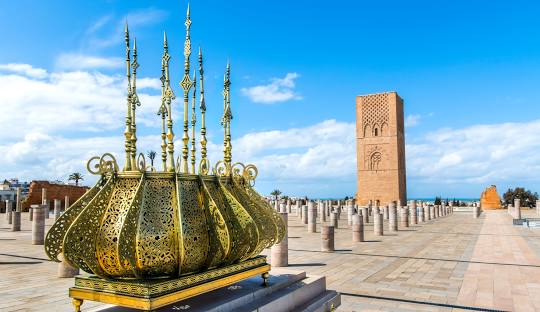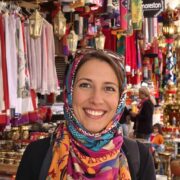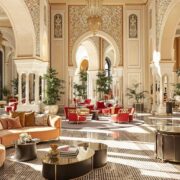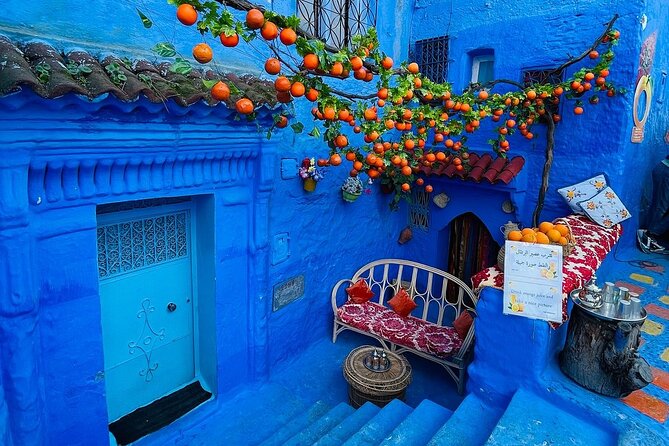
Chefchaouen: The Blue Pearl of Morocco – History and Culture
Nestled in the Rif Mountains of northern Morocco, Chefchaouen is a breathtaking city known for its iconic blue-washed streets, rich history, and vibrant culture. Often referred to as the “Blue Pearl,” this charming town has captivated travelers for centuries. But beyond its picturesque alleyways and stunning landscapes, Chefchaouen holds a deep-rooted history and a unique cultural blend that makes it one of Morocco’s most fascinating destinations.
A Glimpse into Chefchaouen’s History
Chefchaouen was founded in 1471 by Moulay Ali Ben Moussa Ben Rachid Al Alami, a Moroccan leader who established the city as a fortress to defend against Portuguese invasions in the region. Over time, the city became a refuge for Andalusian Moors and Jewish communities expelled from Spain during the Reconquista in the late 15th century. These exiles brought their architectural influences, religious traditions, and craftsmanship, shaping Chefchaouen’s unique identity.
For centuries, Chefchaouen remained relatively isolated, preserving its authenticity. It wasn’t until the 20th century, during the Spanish occupation (1912–1956), that the city became more accessible to the outside world. Today, it stands as a symbol of Morocco’s multicultural heritage, blending Berber, Arab, and Spanish influences.
Why is Chefchaouen Blue?
One of the greatest mysteries of Chefchaouen is its blue-painted streets and buildings. While there are many theories, the most popular belief is that Jewish refugees in the 1930s introduced the blue hues as a symbol of spirituality and heaven. Others say the color helps repel mosquitoes or simply keeps the town cooler during the summer months. Whatever the reason, the mesmerizing blue tones make Chefchaouen one of the most photogenic cities in the world.
Culture and Traditions in Chefchaouen
1. A Fusion of Influences
Chefchaouen’s culture is a fascinating mix of Berber, Moorish, and Spanish traditions. Walking through its narrow streets, you’ll find whitewashed walls, Andalusian-style homes with wooden balconies, and traditional Moroccan souks offering handmade crafts, colorful textiles, and locally produced goods.
2. A Haven for Artisans
The city is renowned for its handwoven wool products, ceramics, and leatherwork. Unlike larger Moroccan cities, Chefchaouen maintains a slower pace of life, allowing artisans to keep their centuries-old traditions alive. One of the most famous products is the woven djellaba (traditional Moroccan robe), which makes for a unique souvenir.
3. Culinary Delights
Chefchaouen offers a taste of authentic Moroccan cuisine with a unique northern twist. Try the Bissara (fava bean soup), tagine with local mountain herbs, and fresh goat cheese, a specialty of the region. The city is also known for its mint tea culture, where locals gather in tea houses to socialize and relax.
4. Spiritual and Religious Significance
As a historic Islamic city, Chefchaouen is home to many mosques and shrines. The Grand Mosque, built in the 15th century, stands as a key landmark. The city also has strong Sufi influences, and you may come across gnawa music performances—spiritual trance-like rhythms that are deeply rooted in Moroccan culture.
Exploring Chefchaouen with MoroccoWow
Whether you’re drawn by its rich history, spiritual ambiance, or stunning blue streets, Chefchaouen is a must-visit destination in Morocco. If you’re planning to explore this magical city, let MoroccoWow be your guide! Our curated tours offer an authentic experience, allowing you to immerse yourself in Chefchaouen’s culture, history, and hidden gems.
Book your adventure today and discover why Chefchaouen is truly the Blue Pearl of Morocco!
Recent Posts
Empowering Adventures: A Solo Female Travel Guide to Morocco in 2025
Affordable Ways to Fly to Marrakech from Manchester: Your Ultimate Guide
Experience Luxury at the Hotel Sofitel Lounge and Spa Marrakech: A Gateway to Relaxation and Elegance
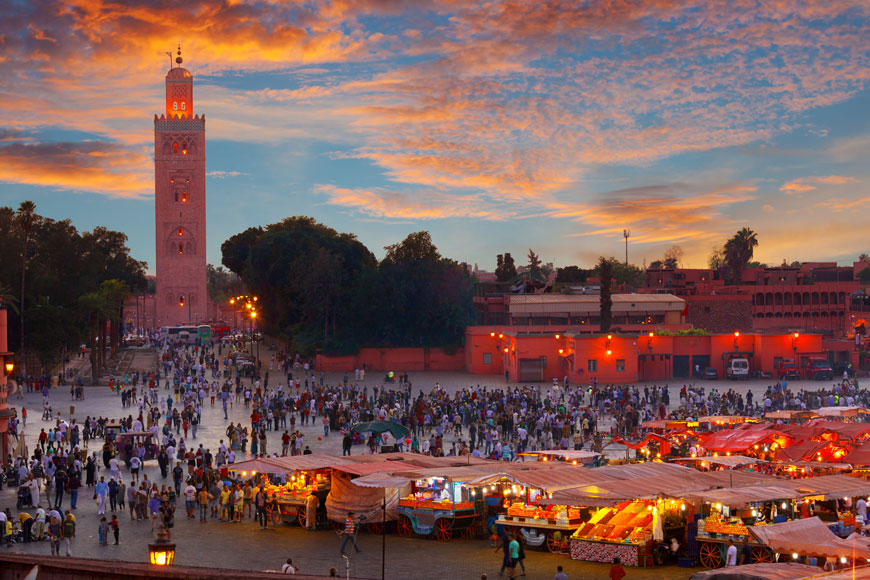
Marrakech

Chefchaouen
